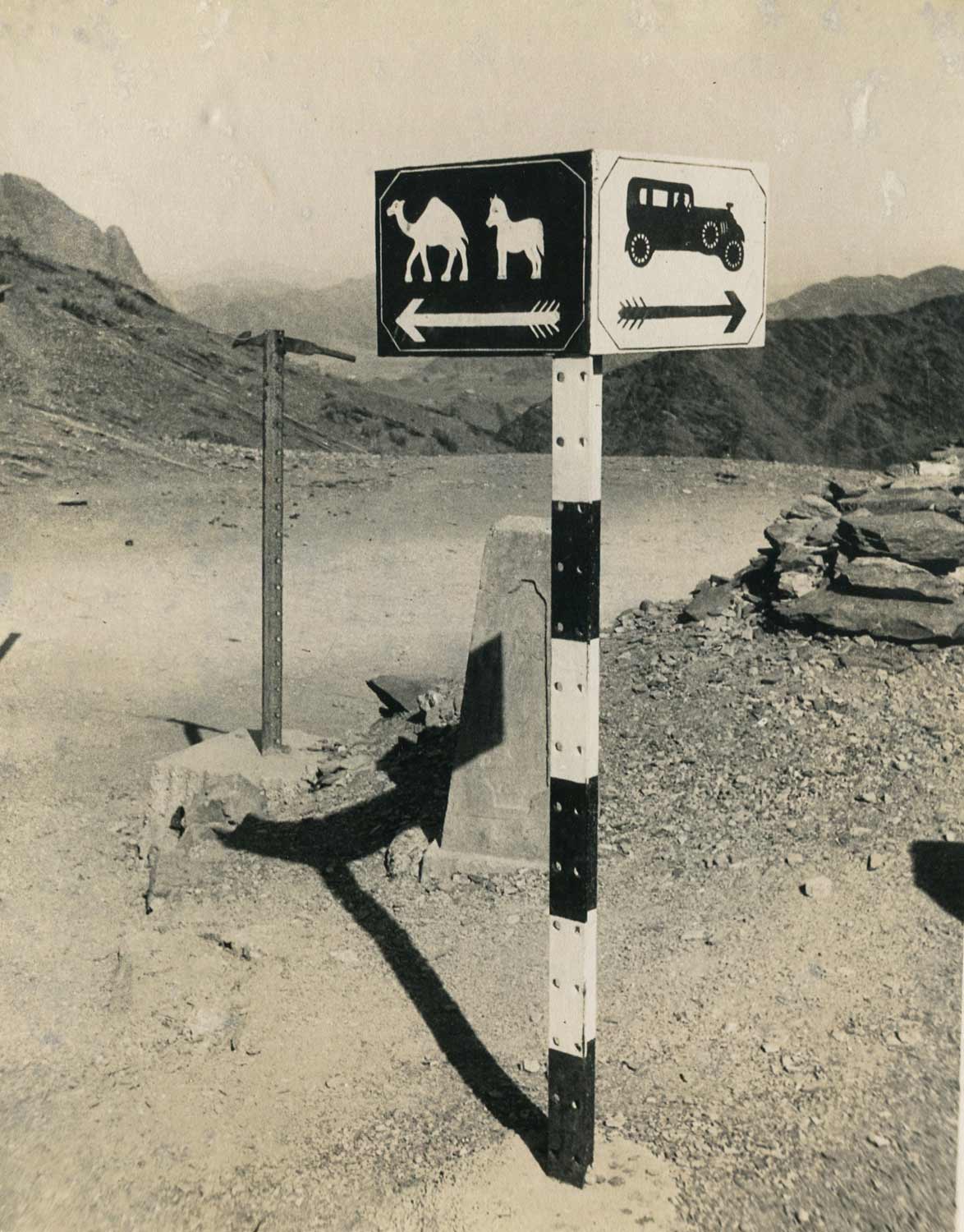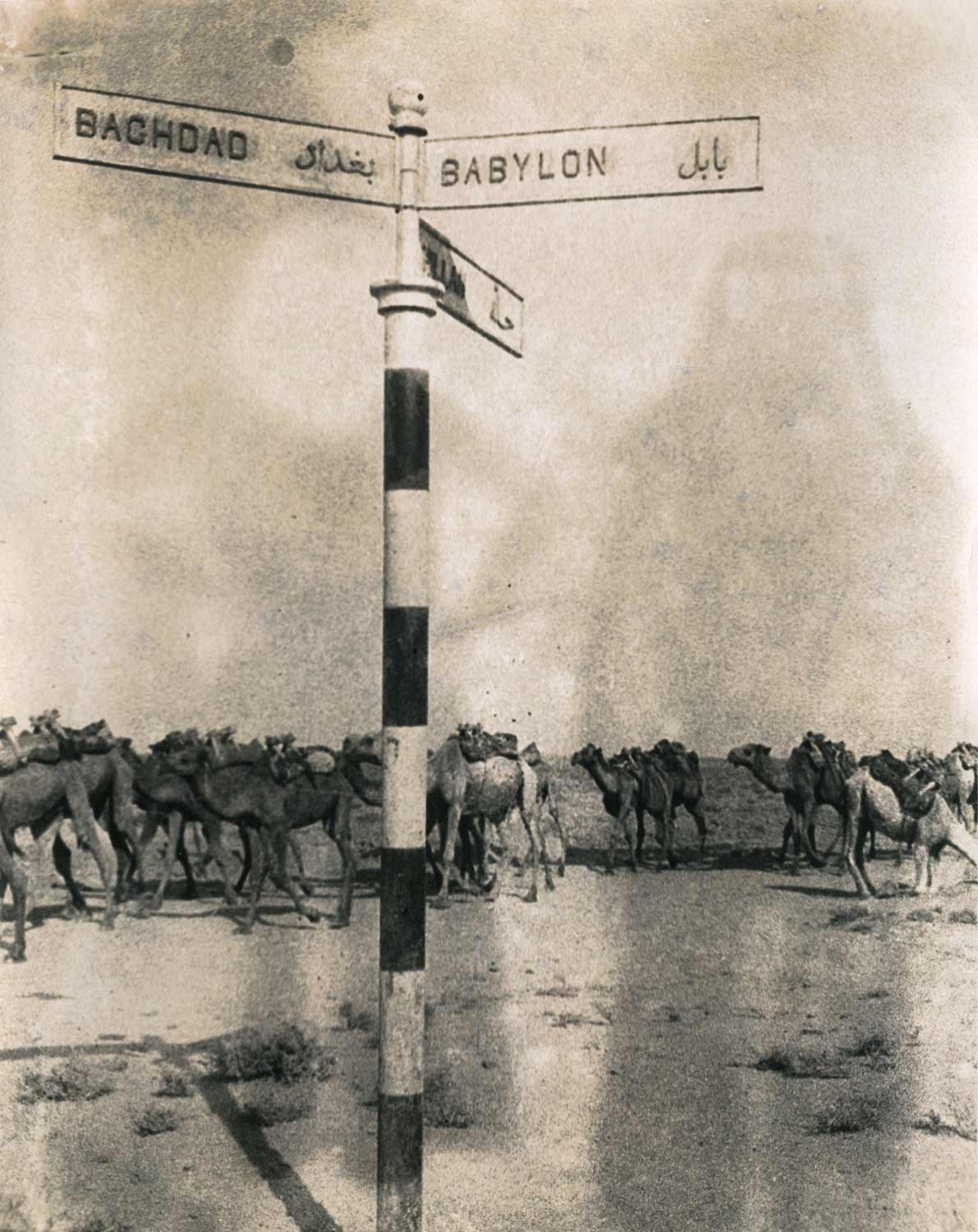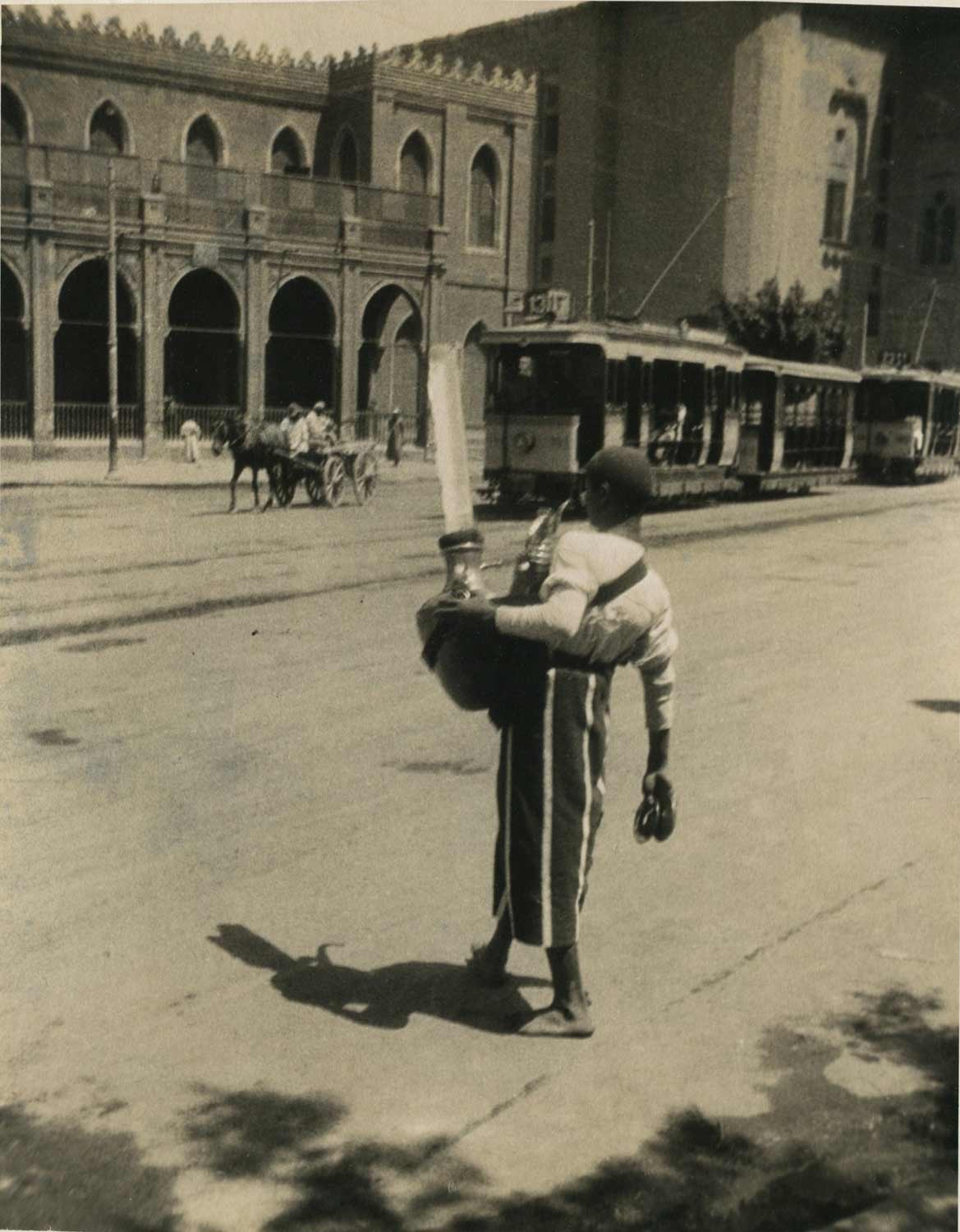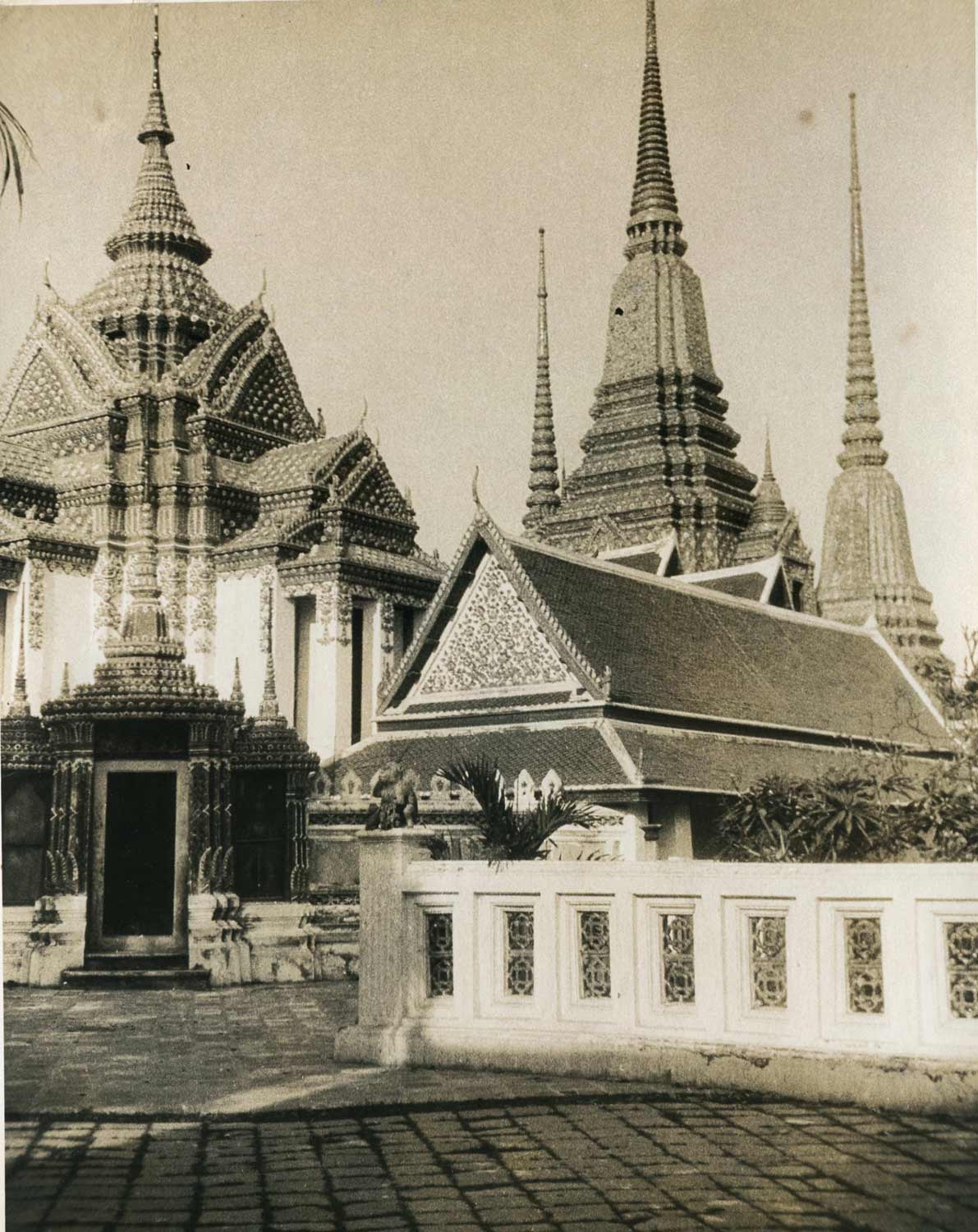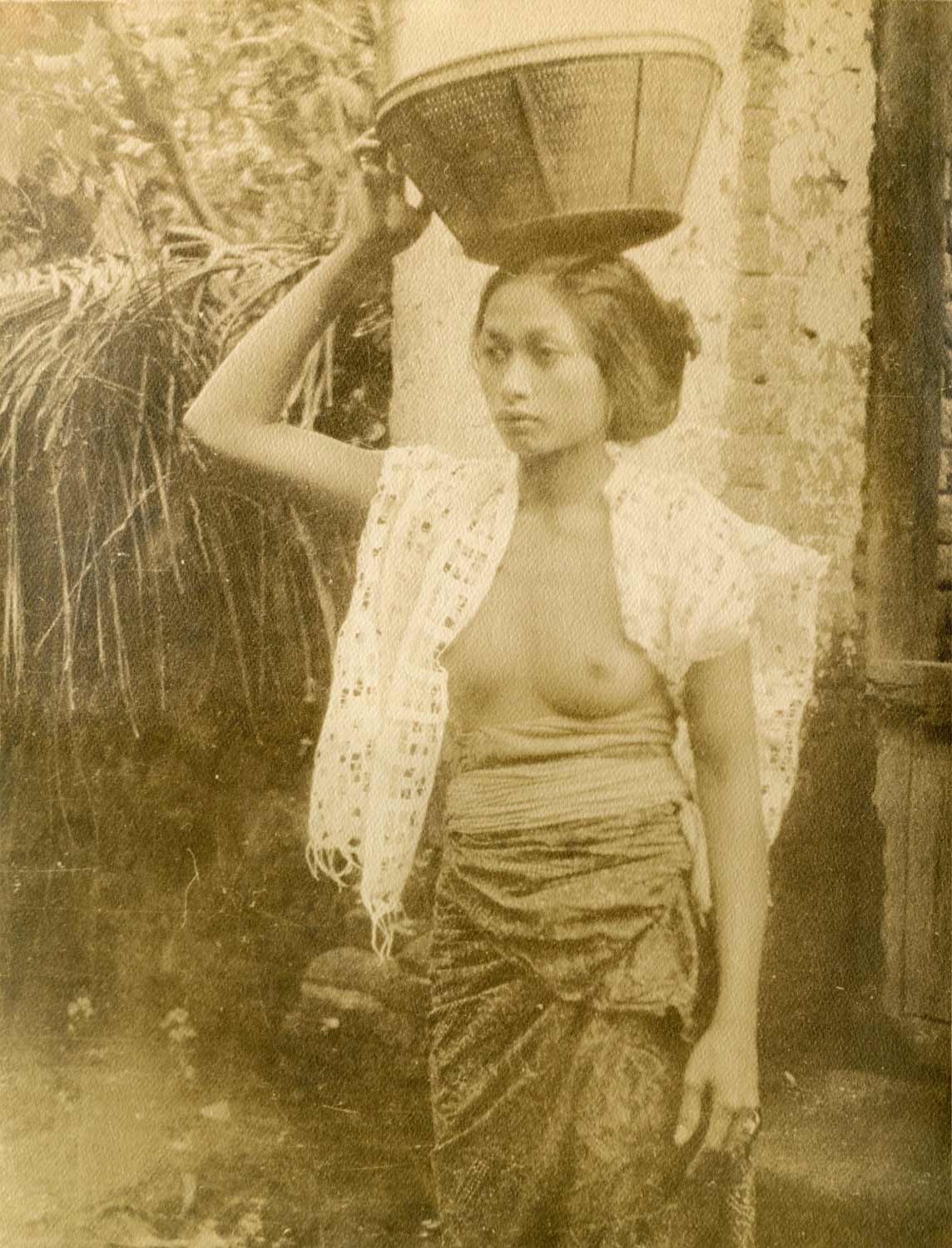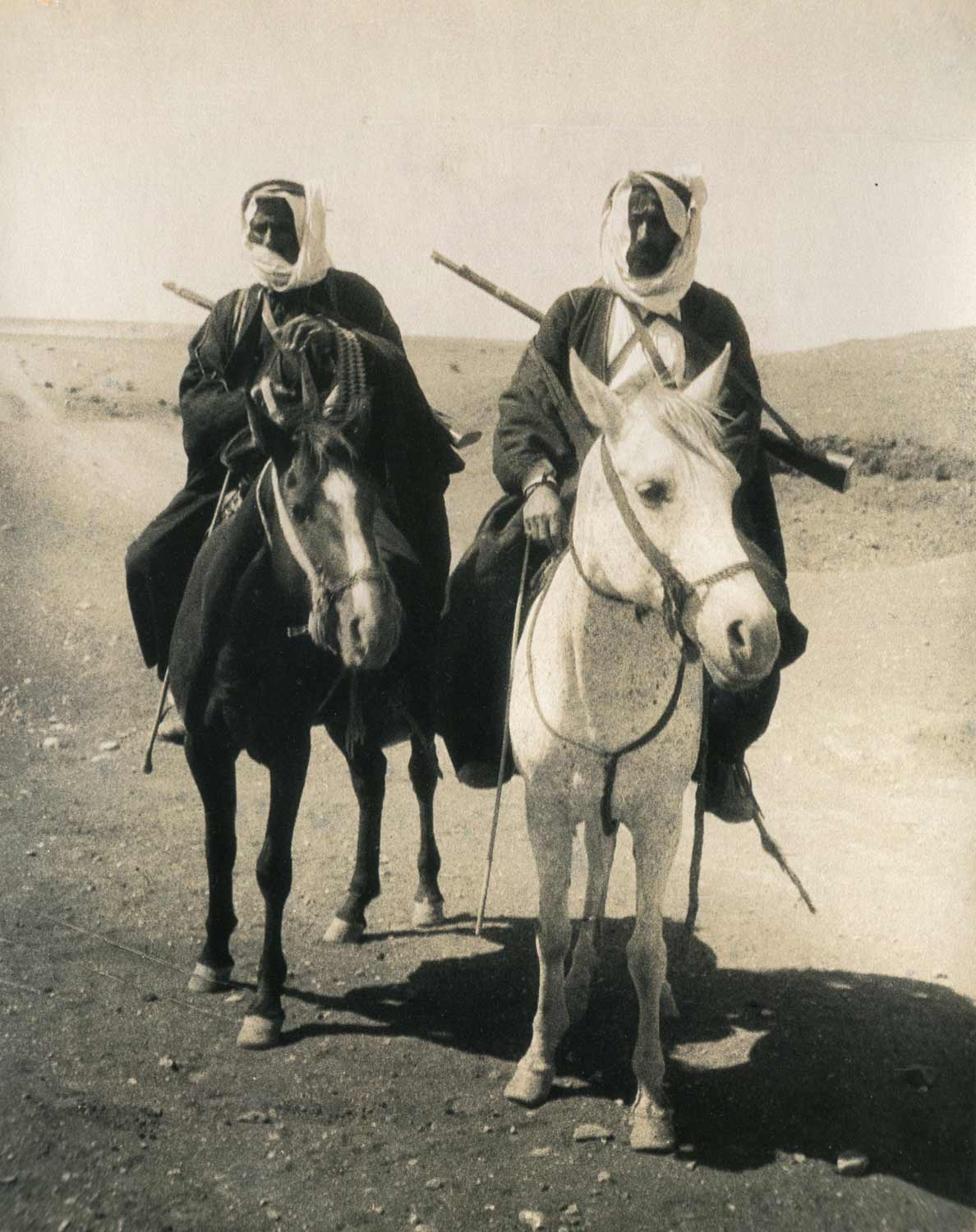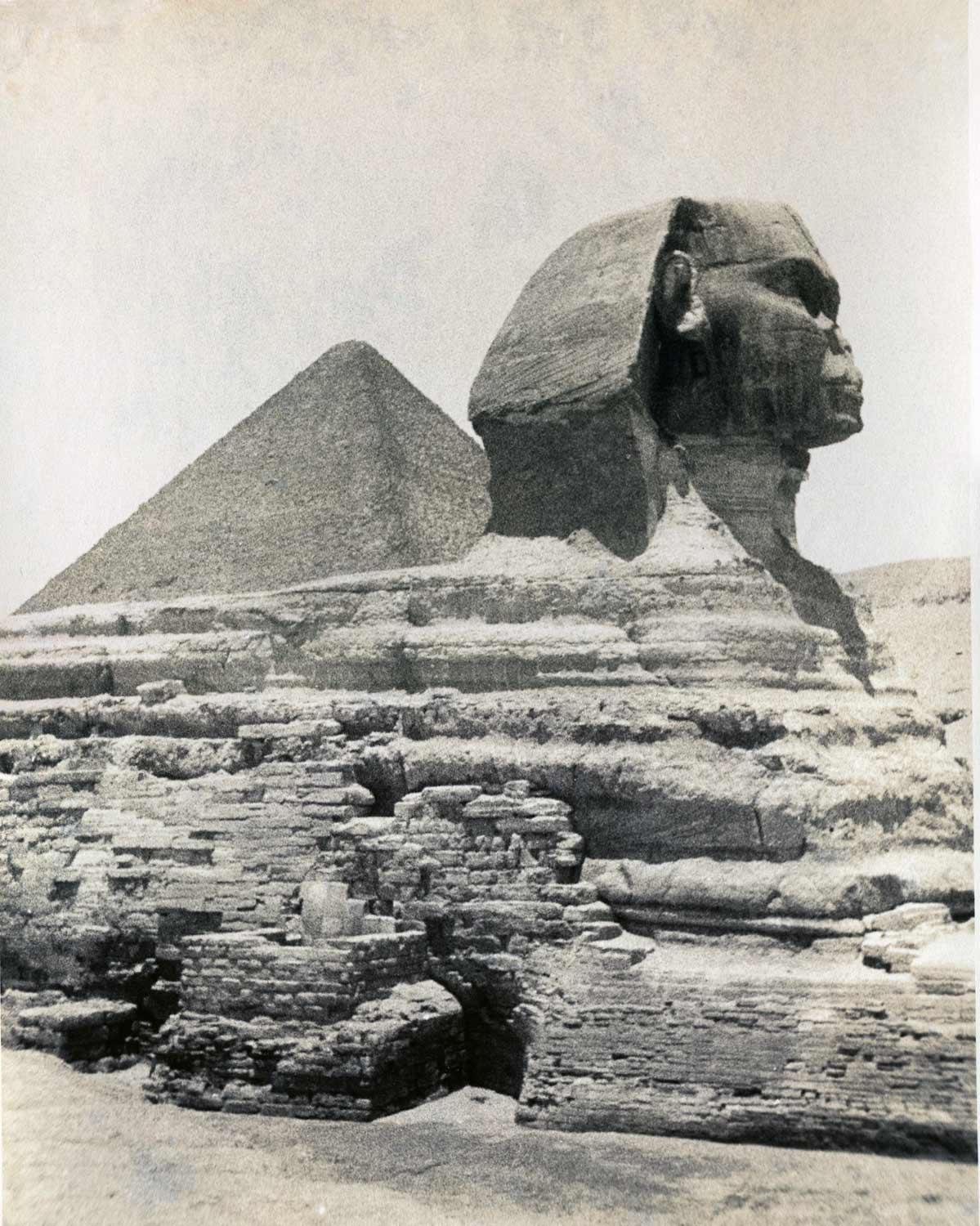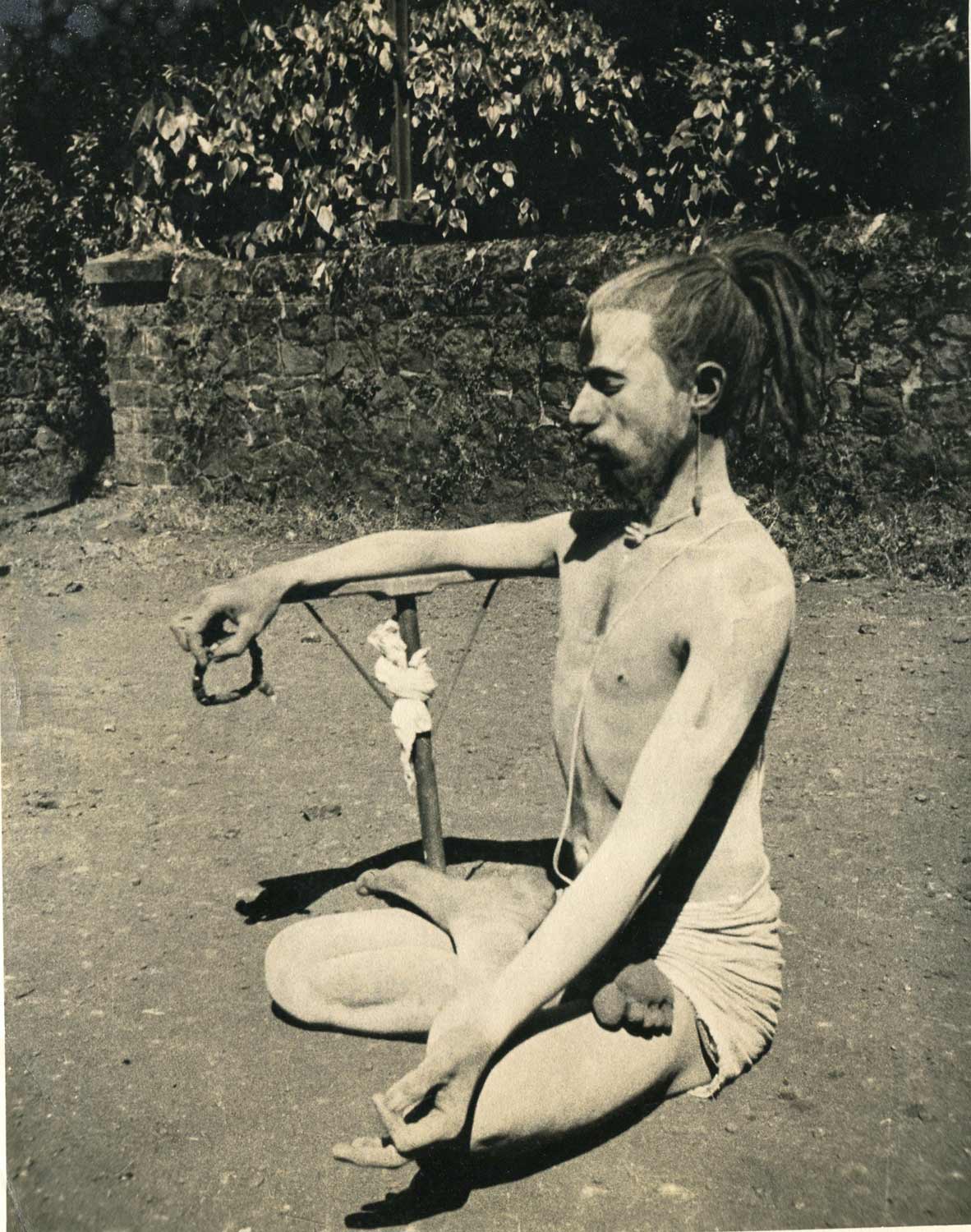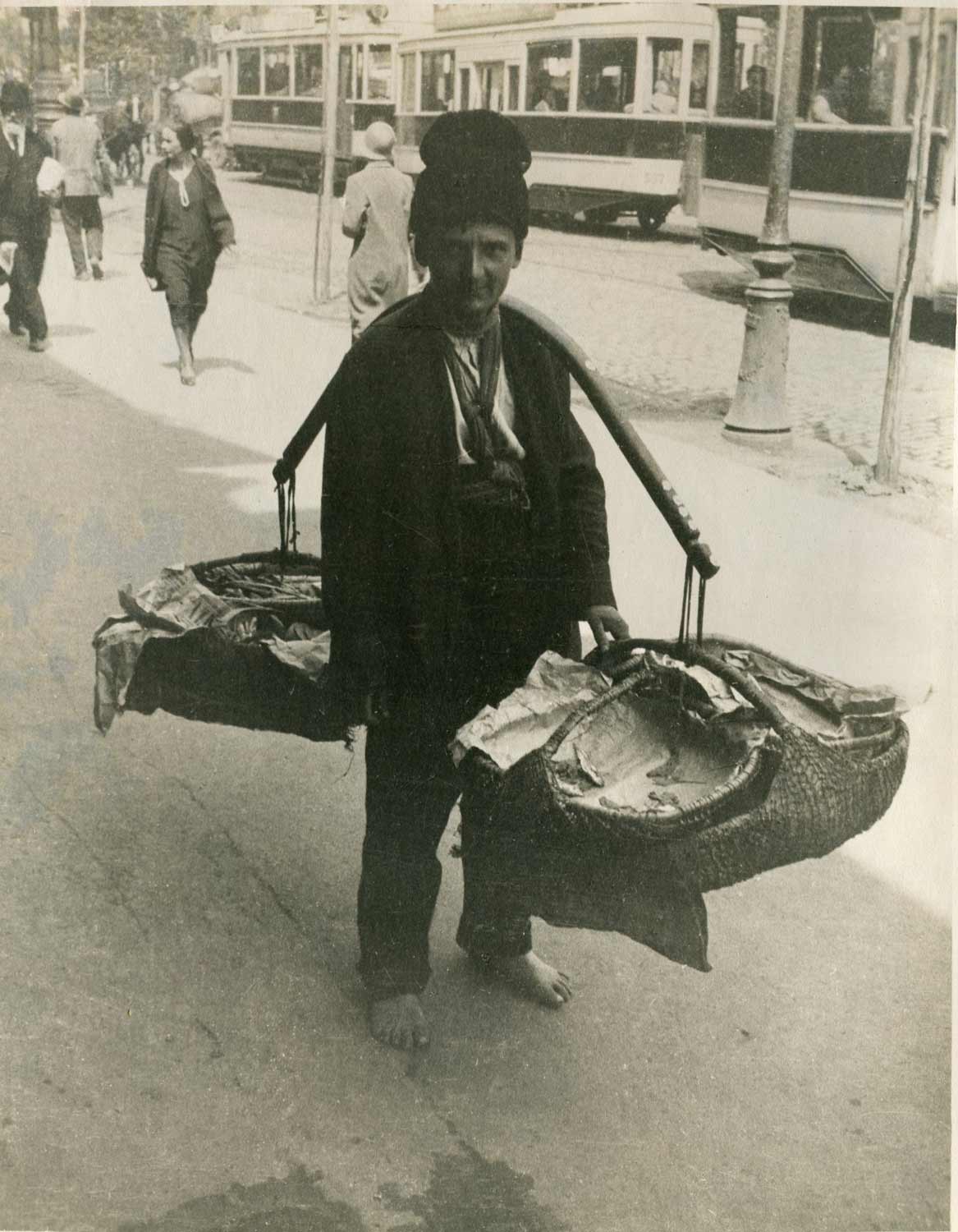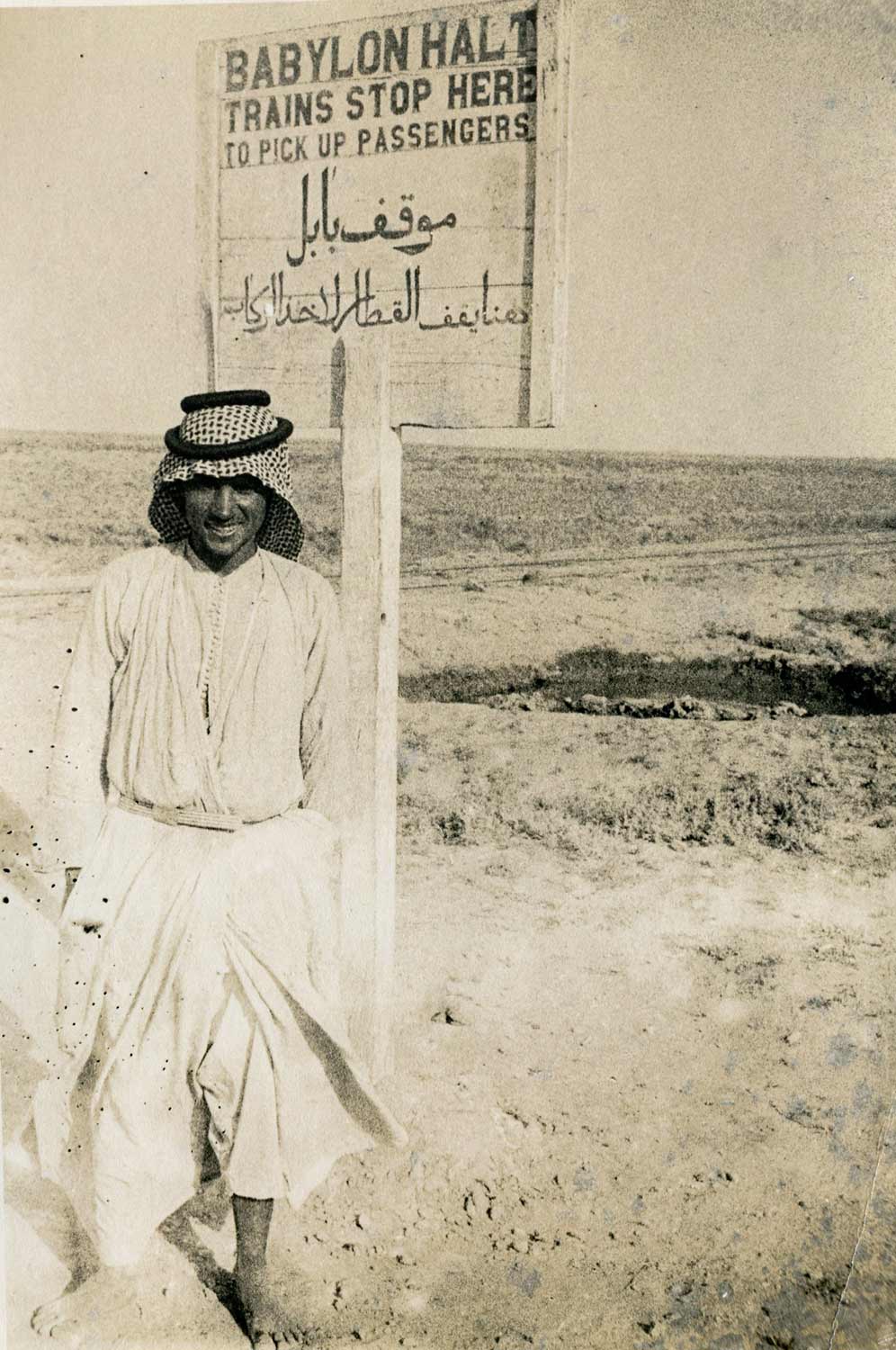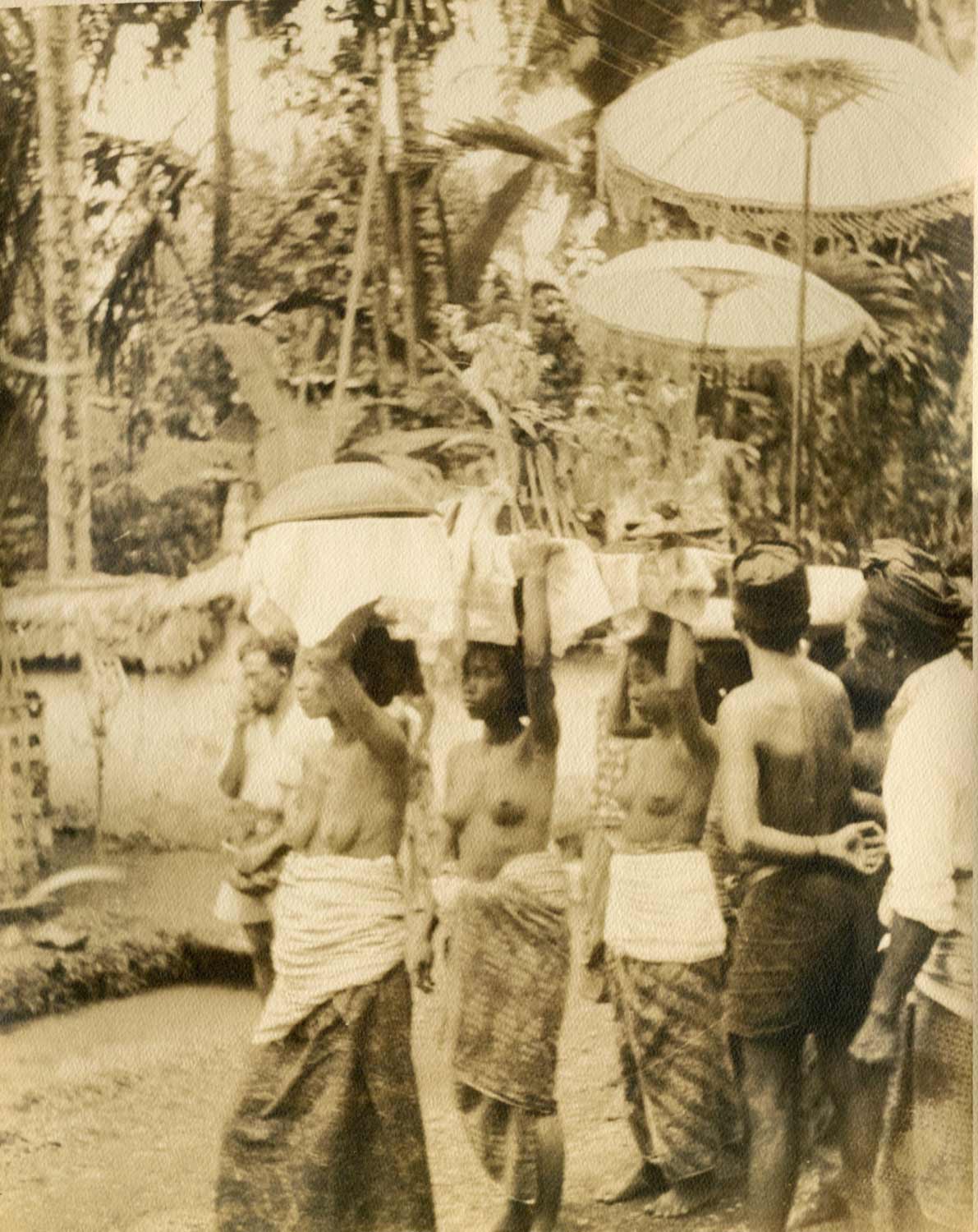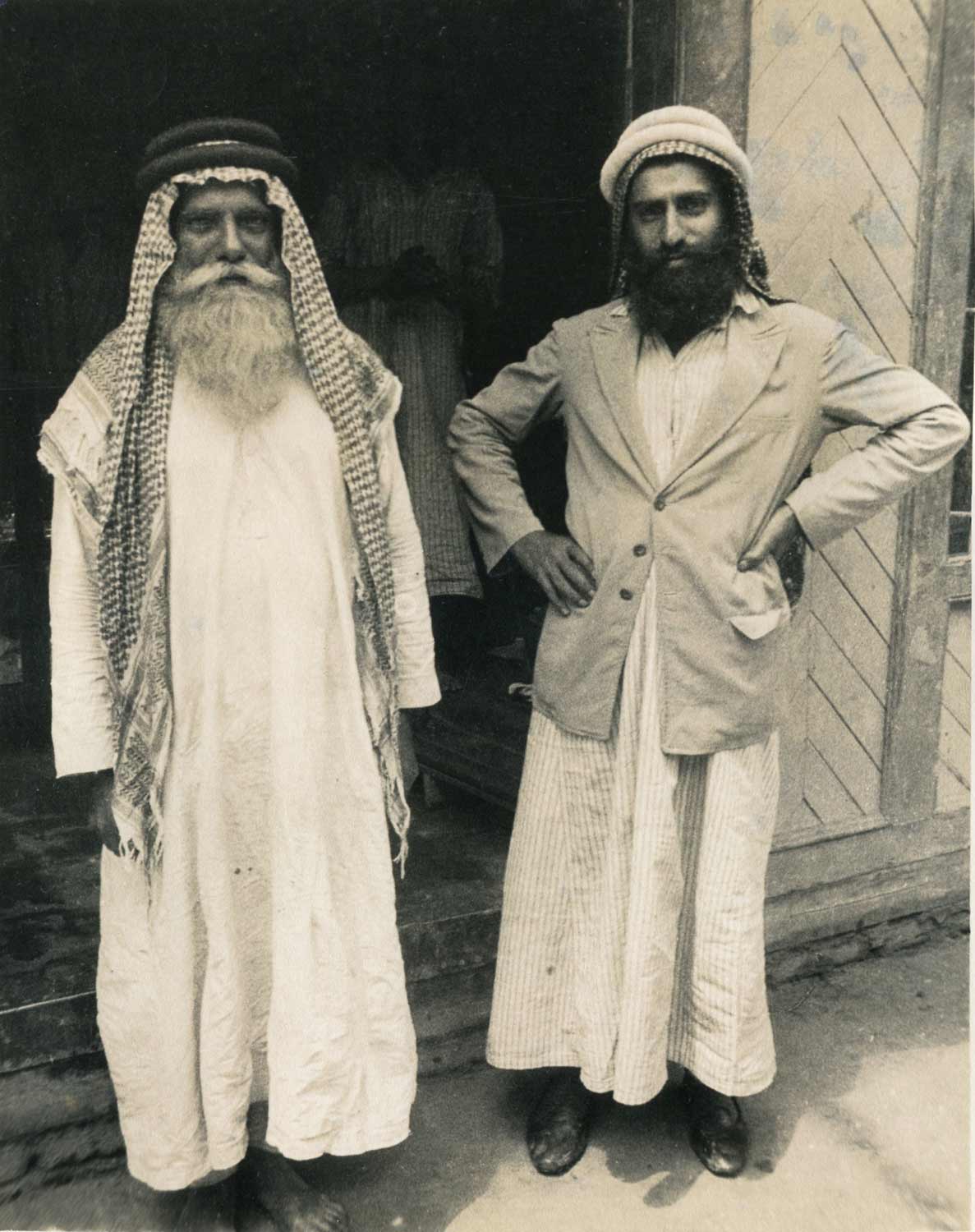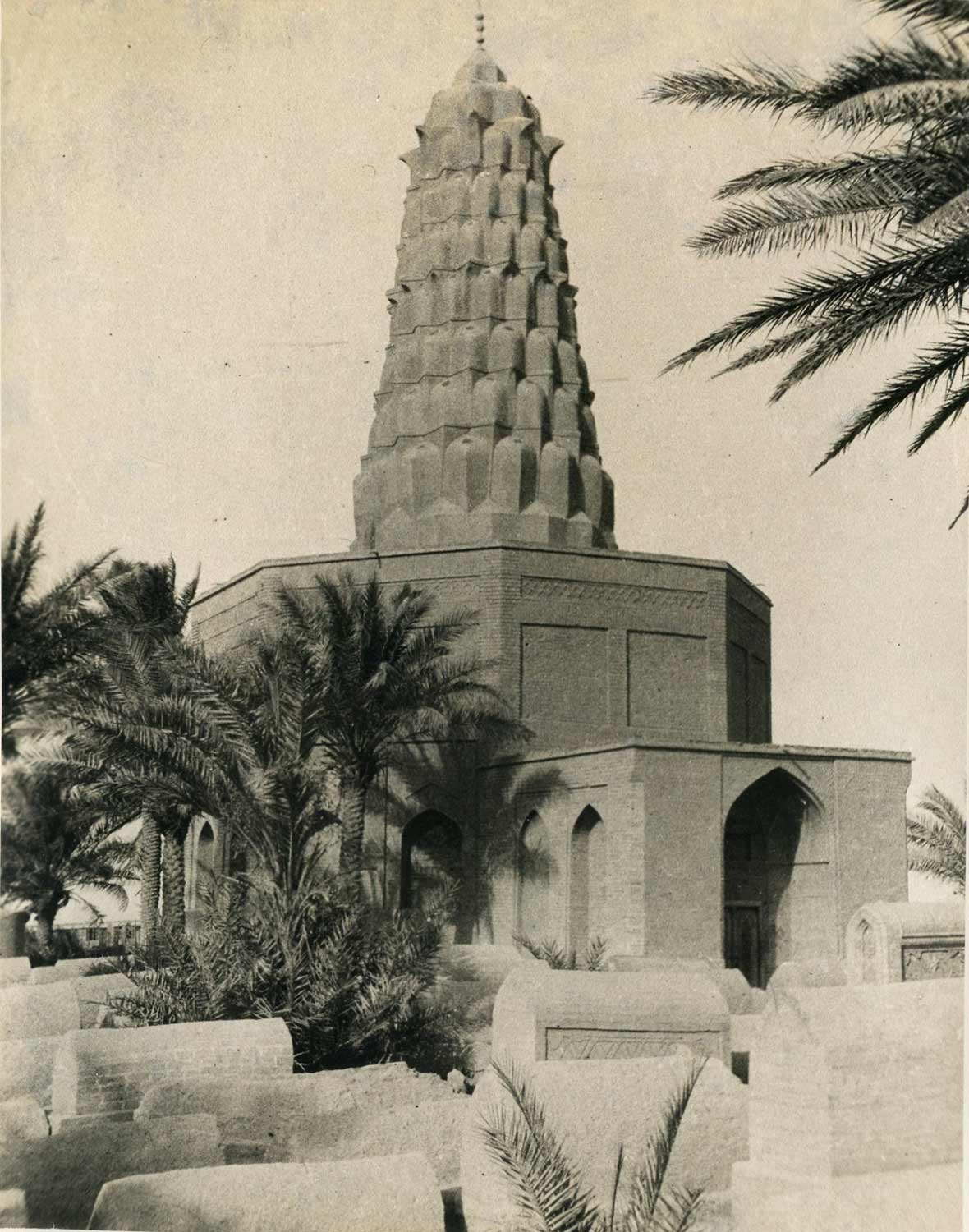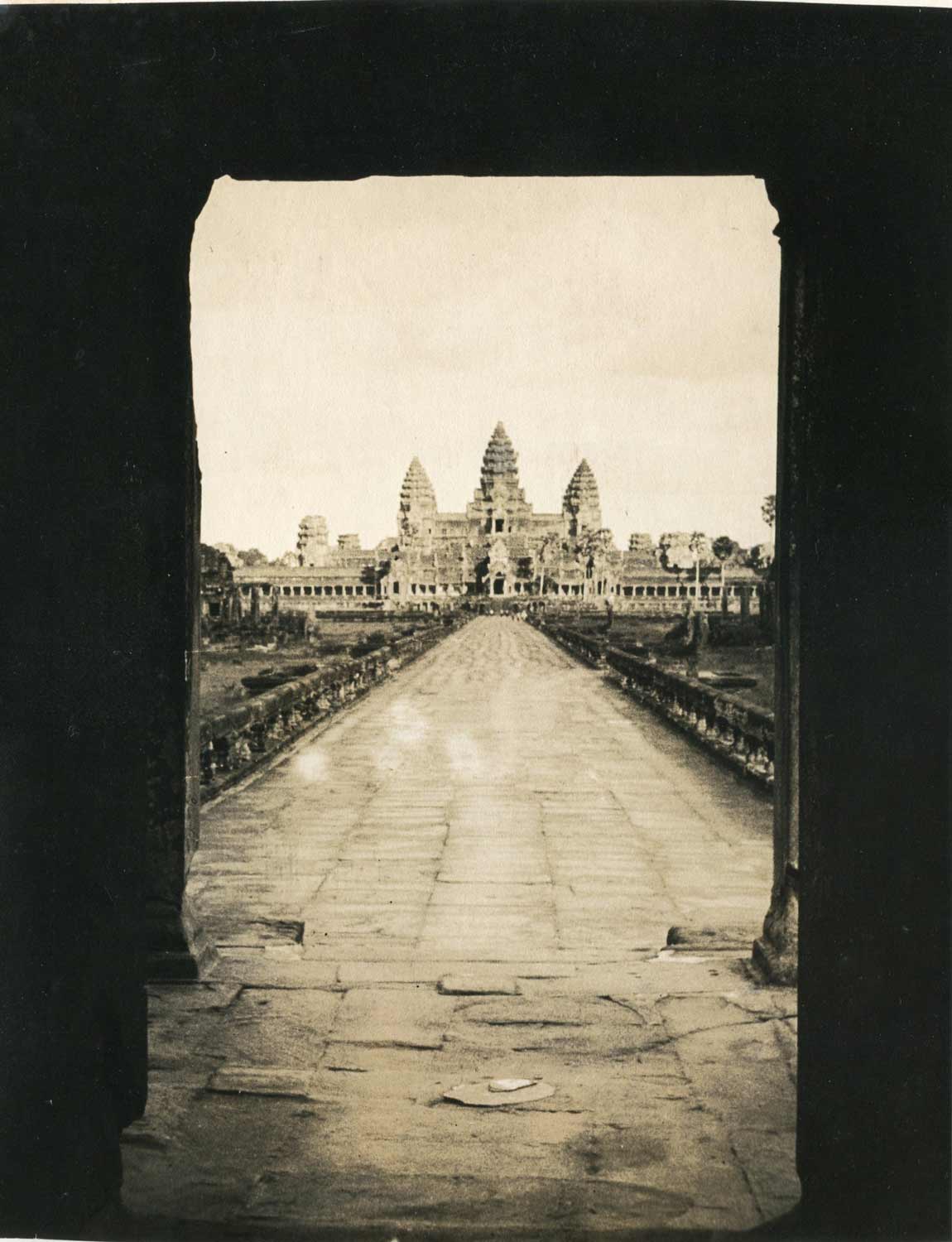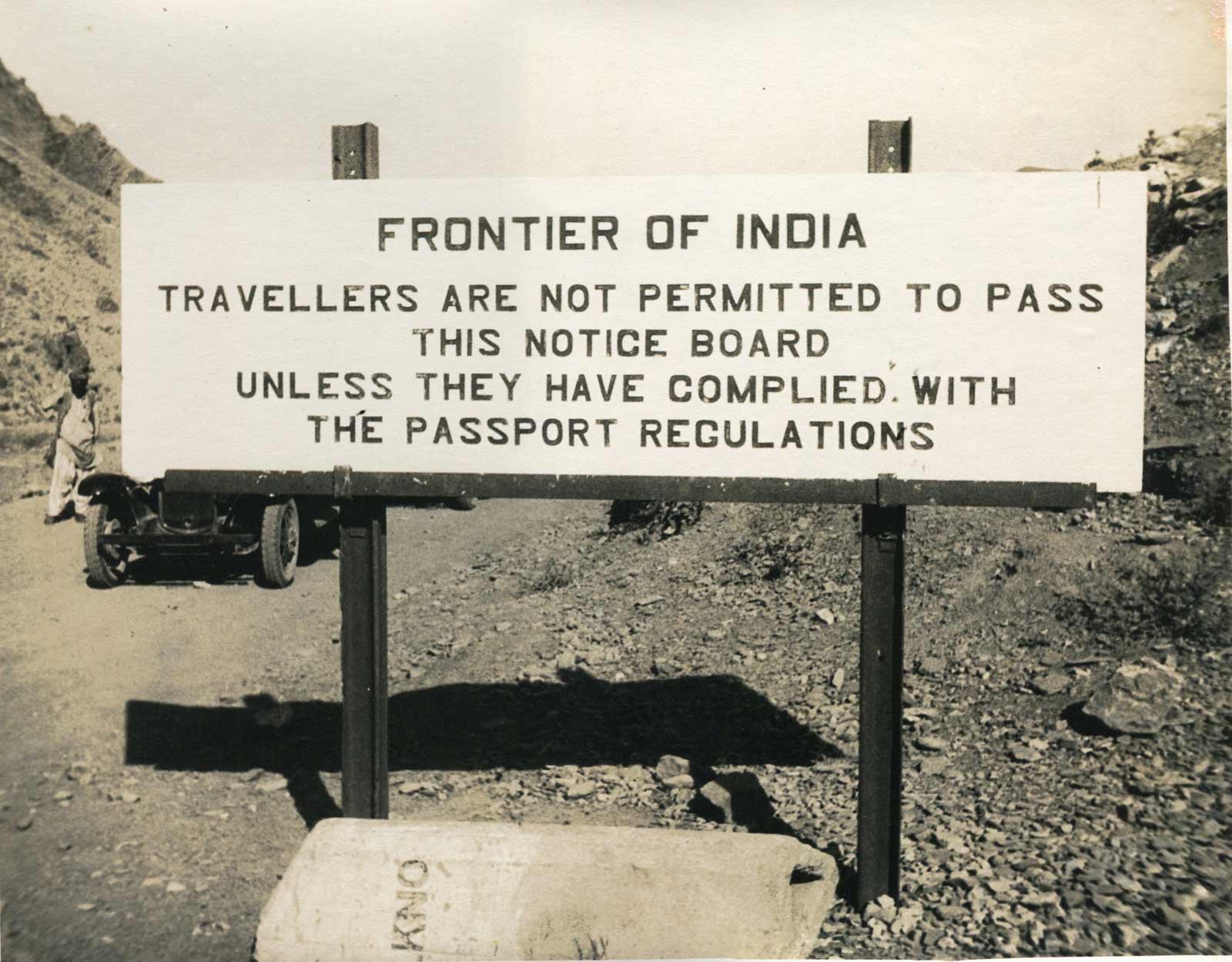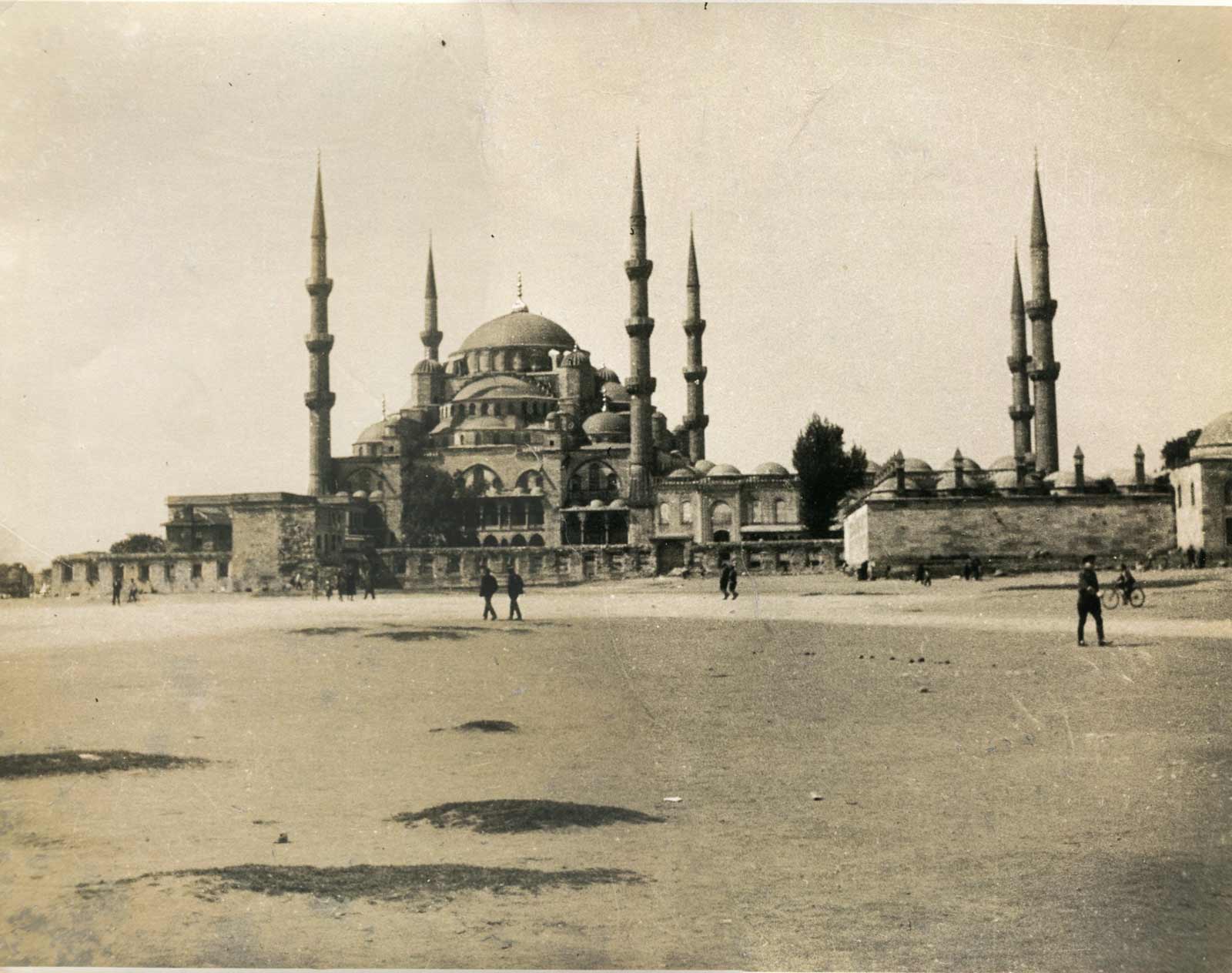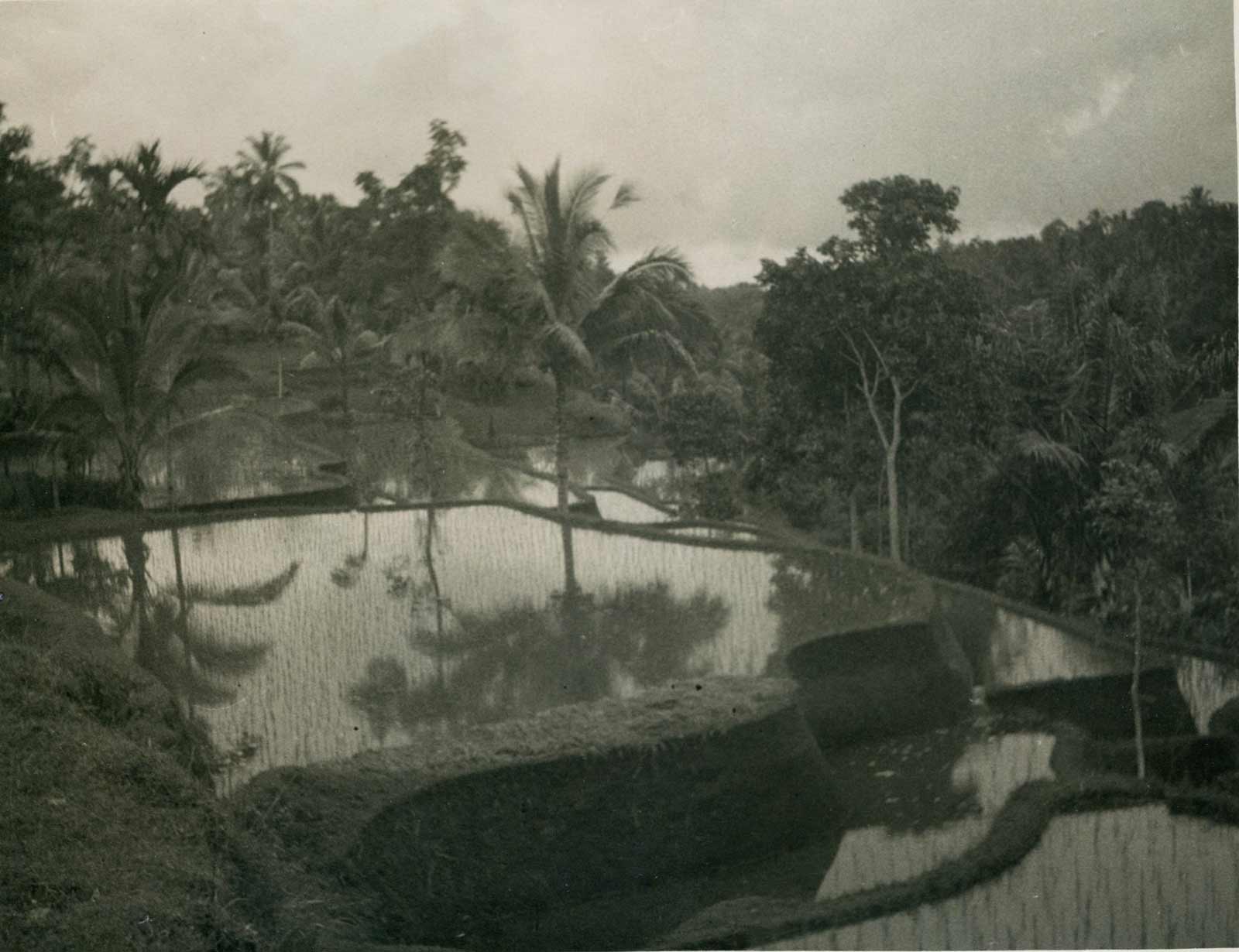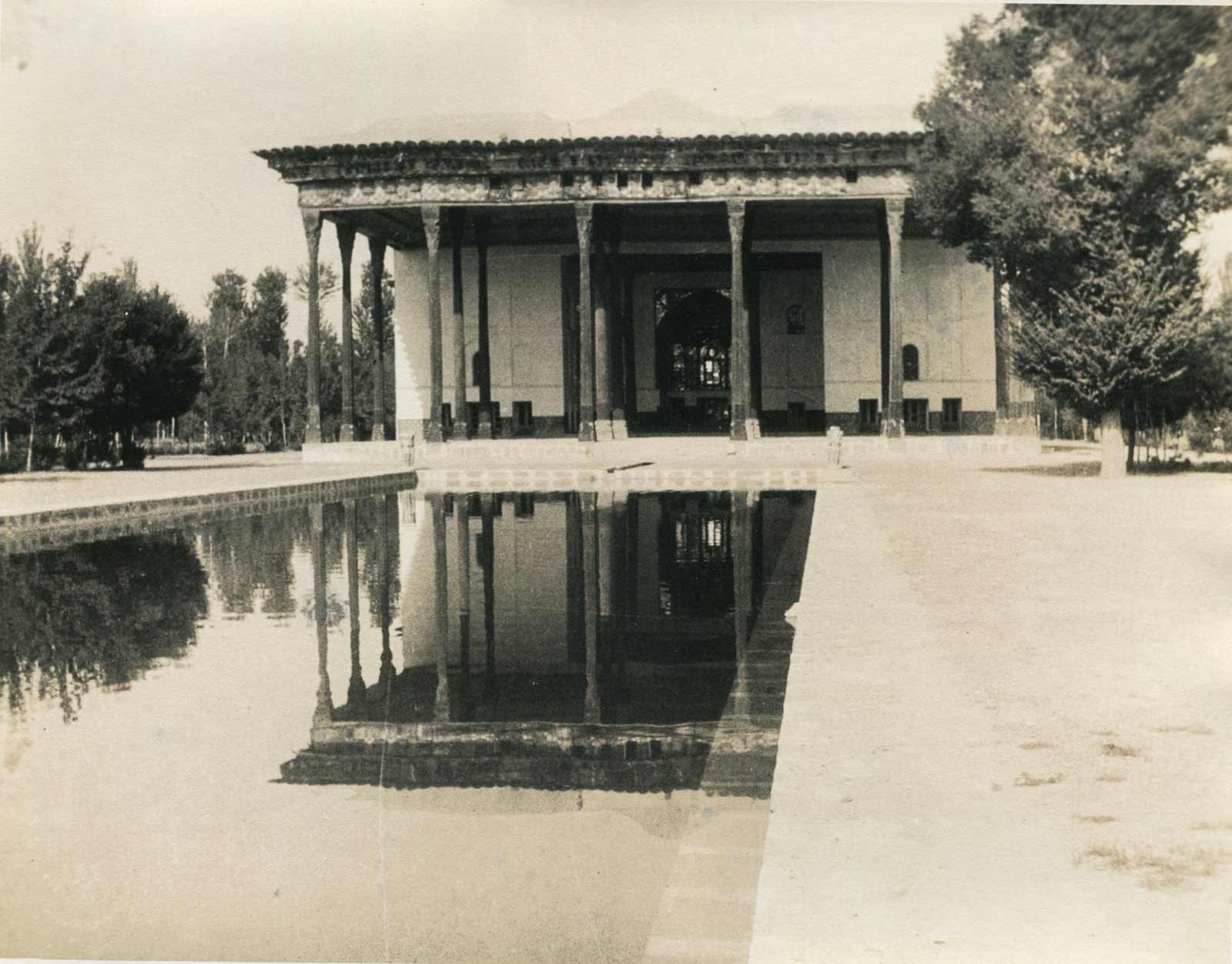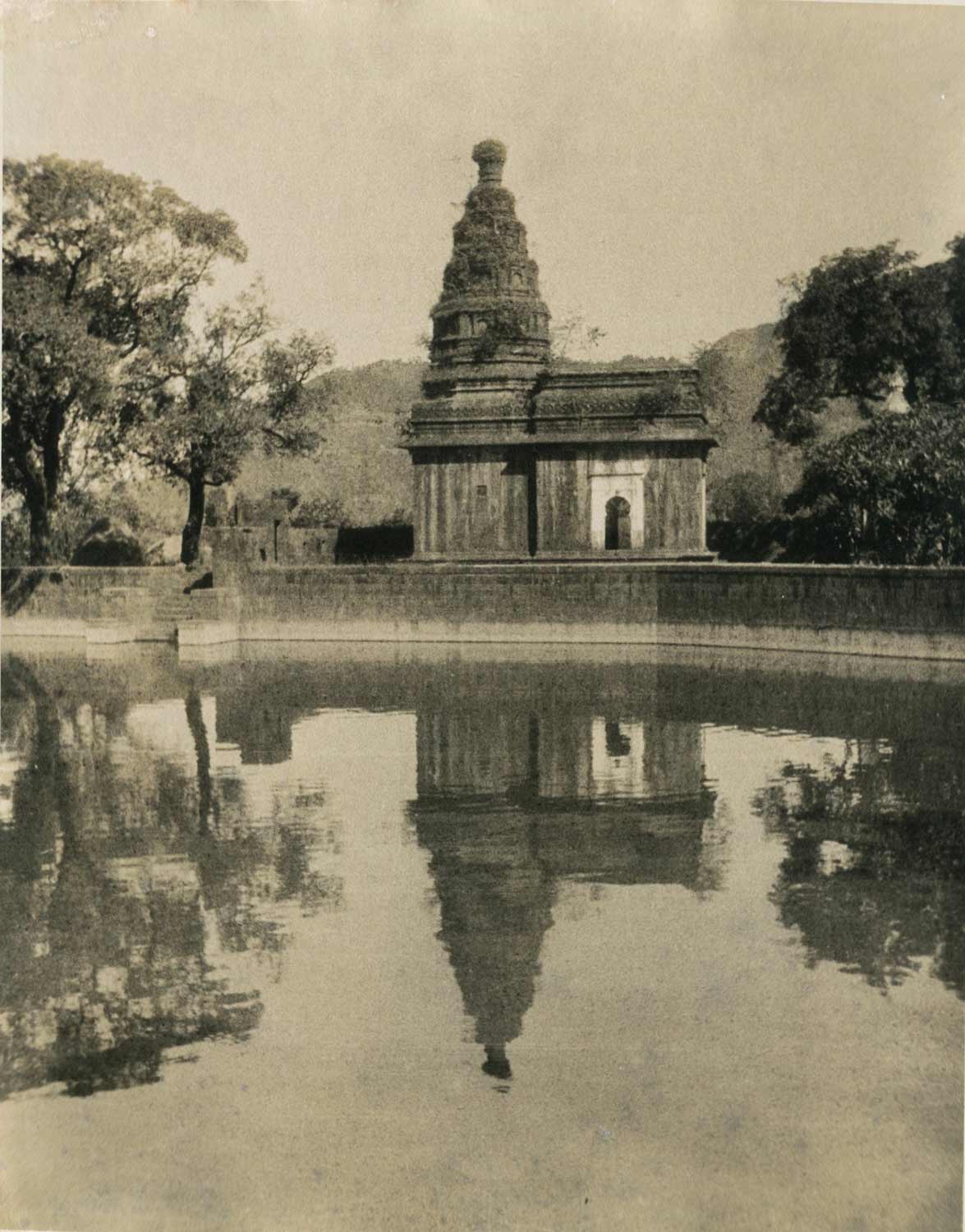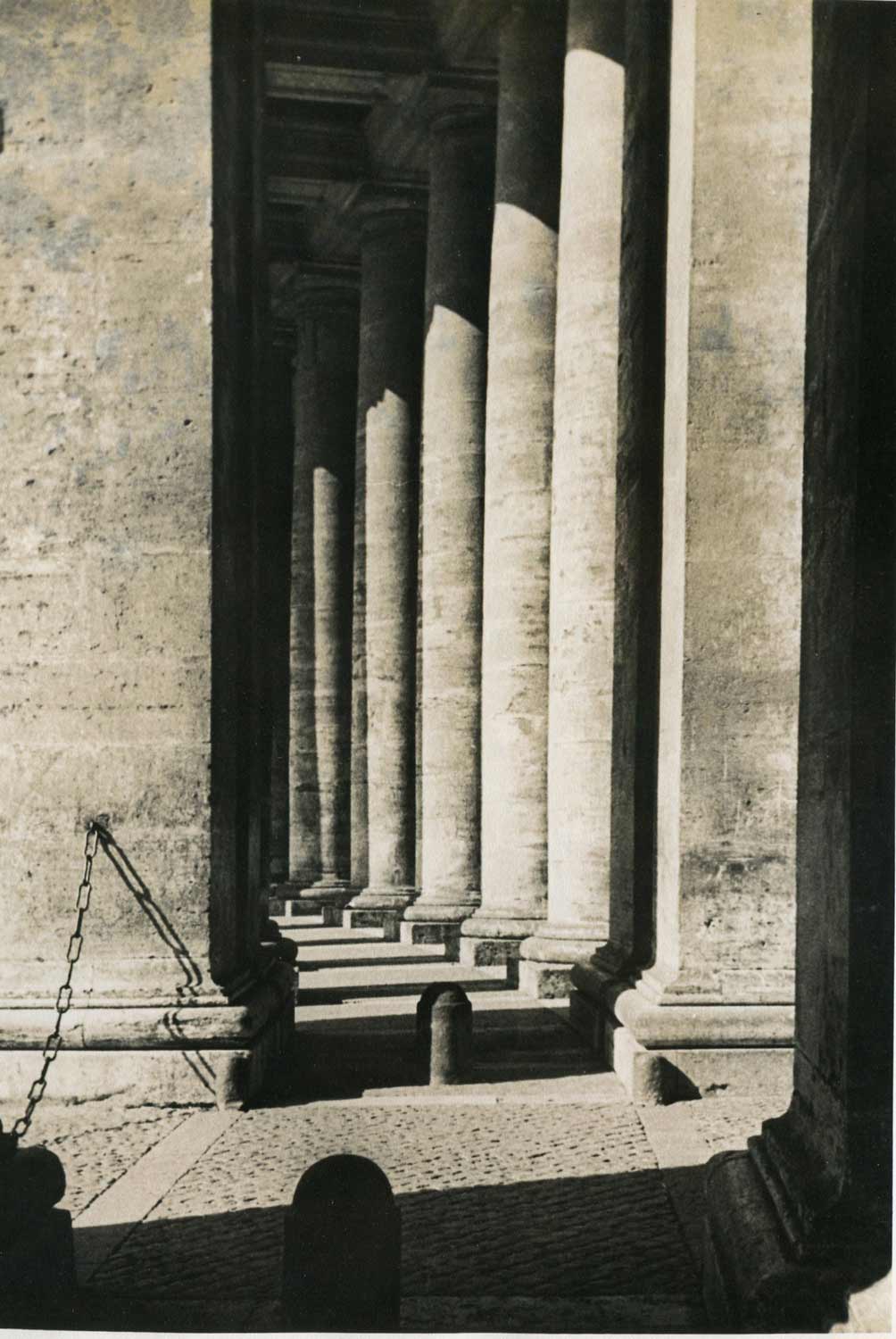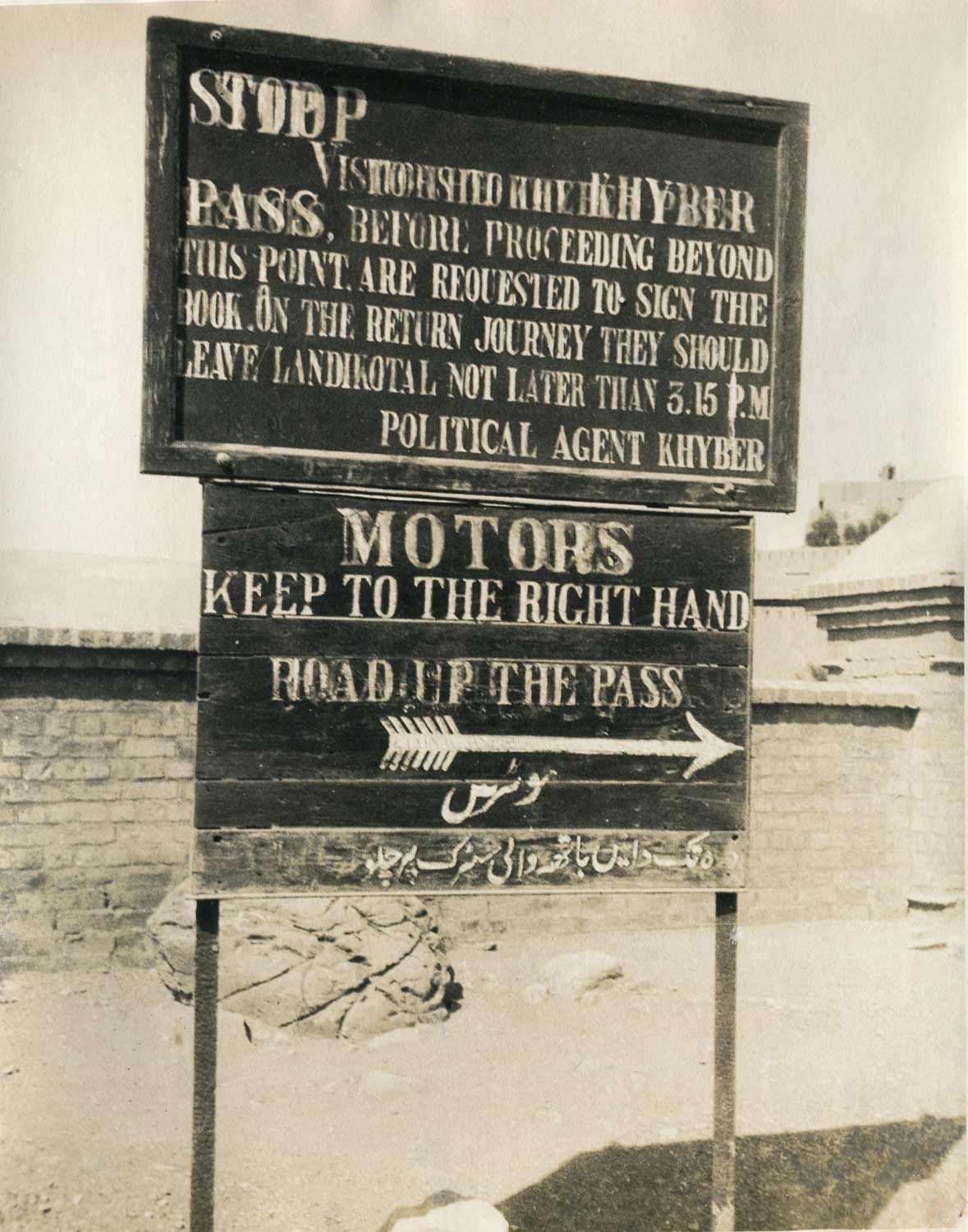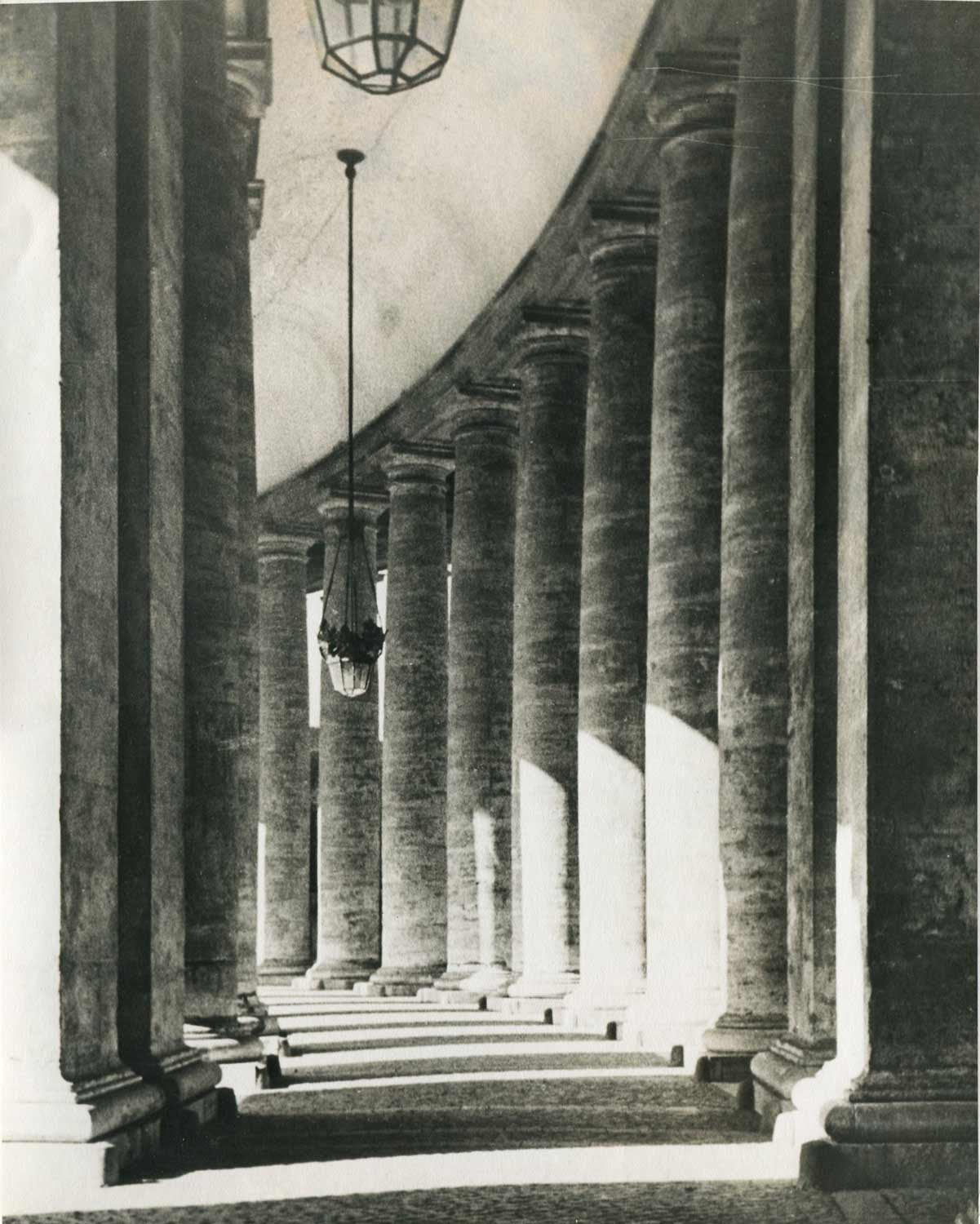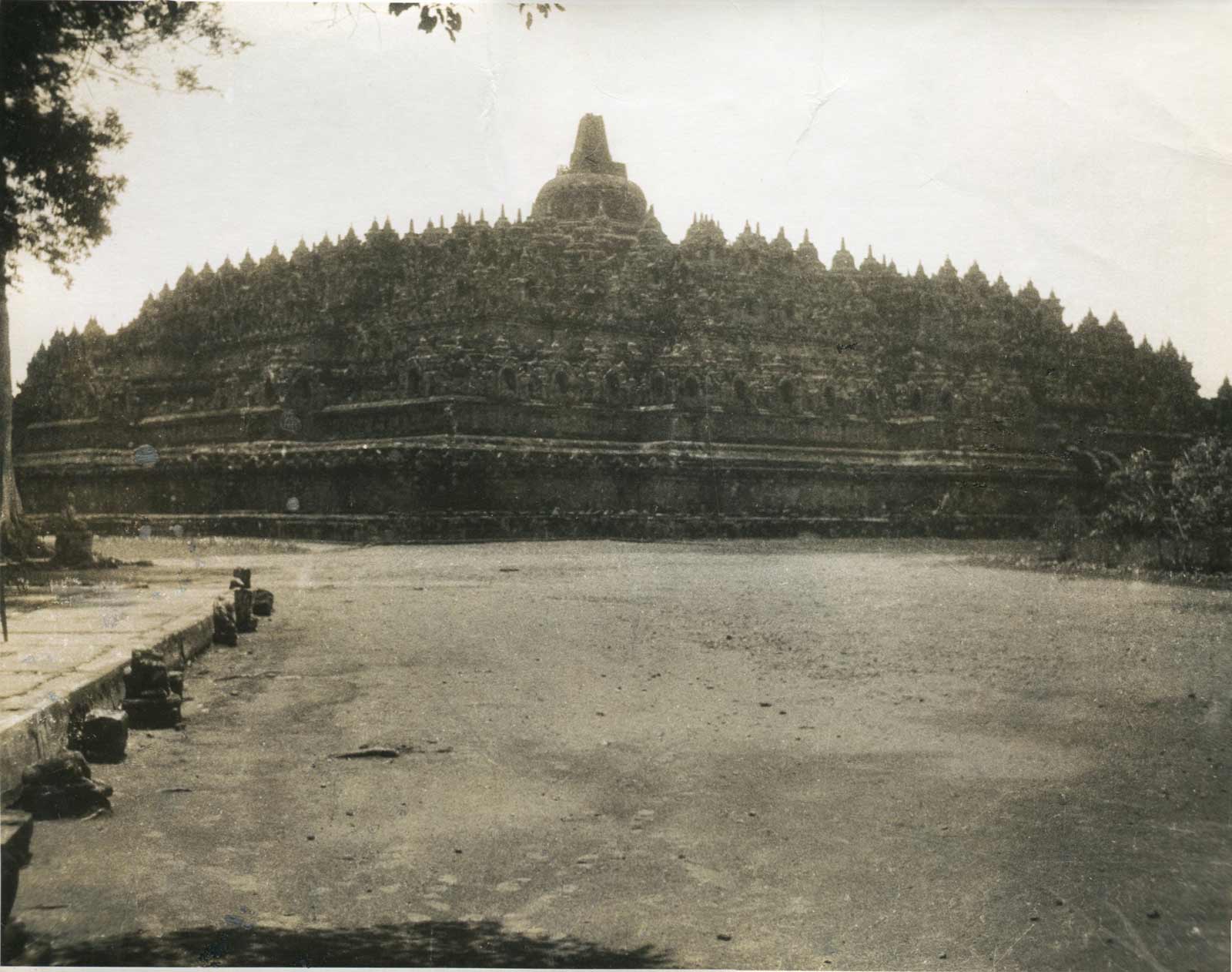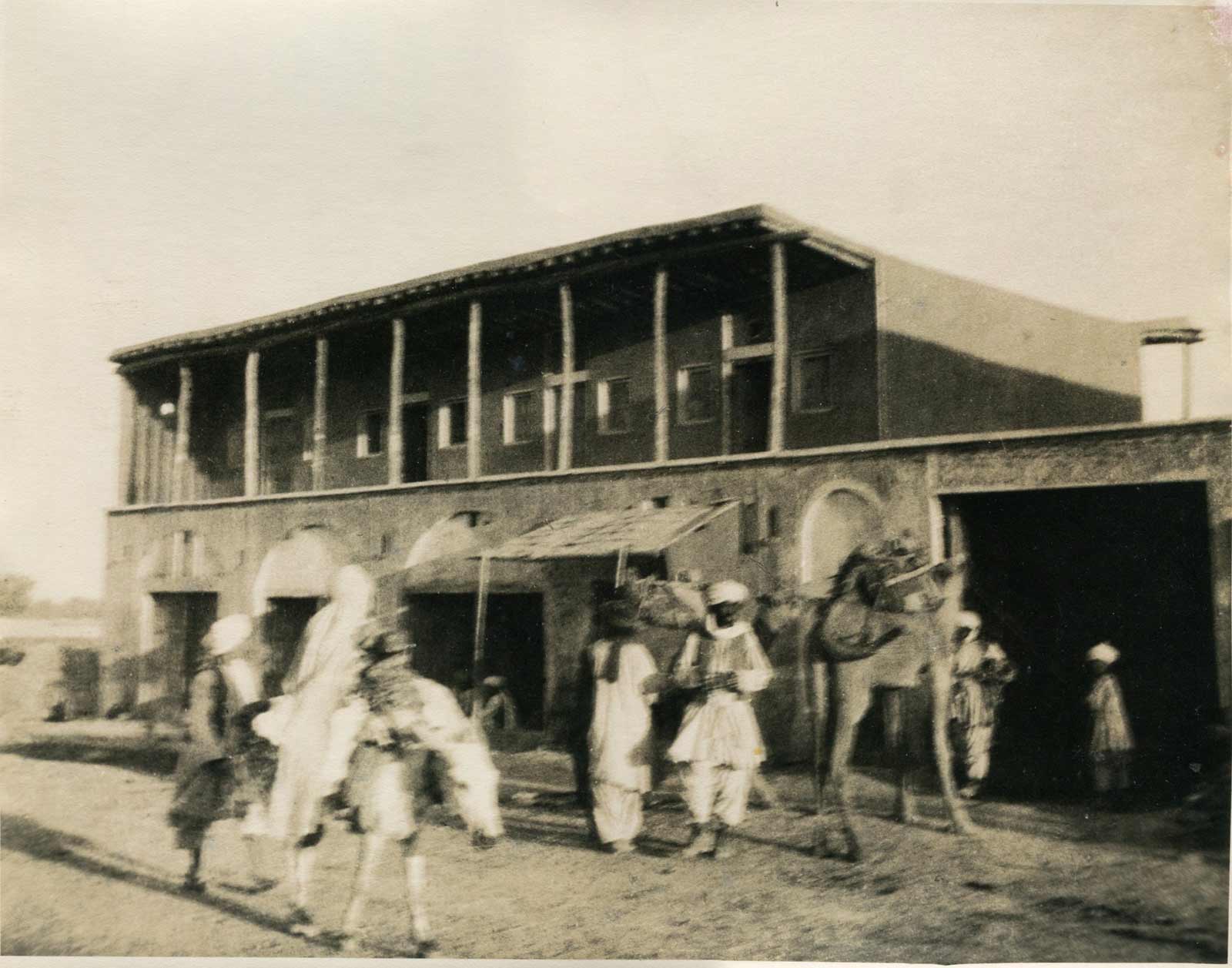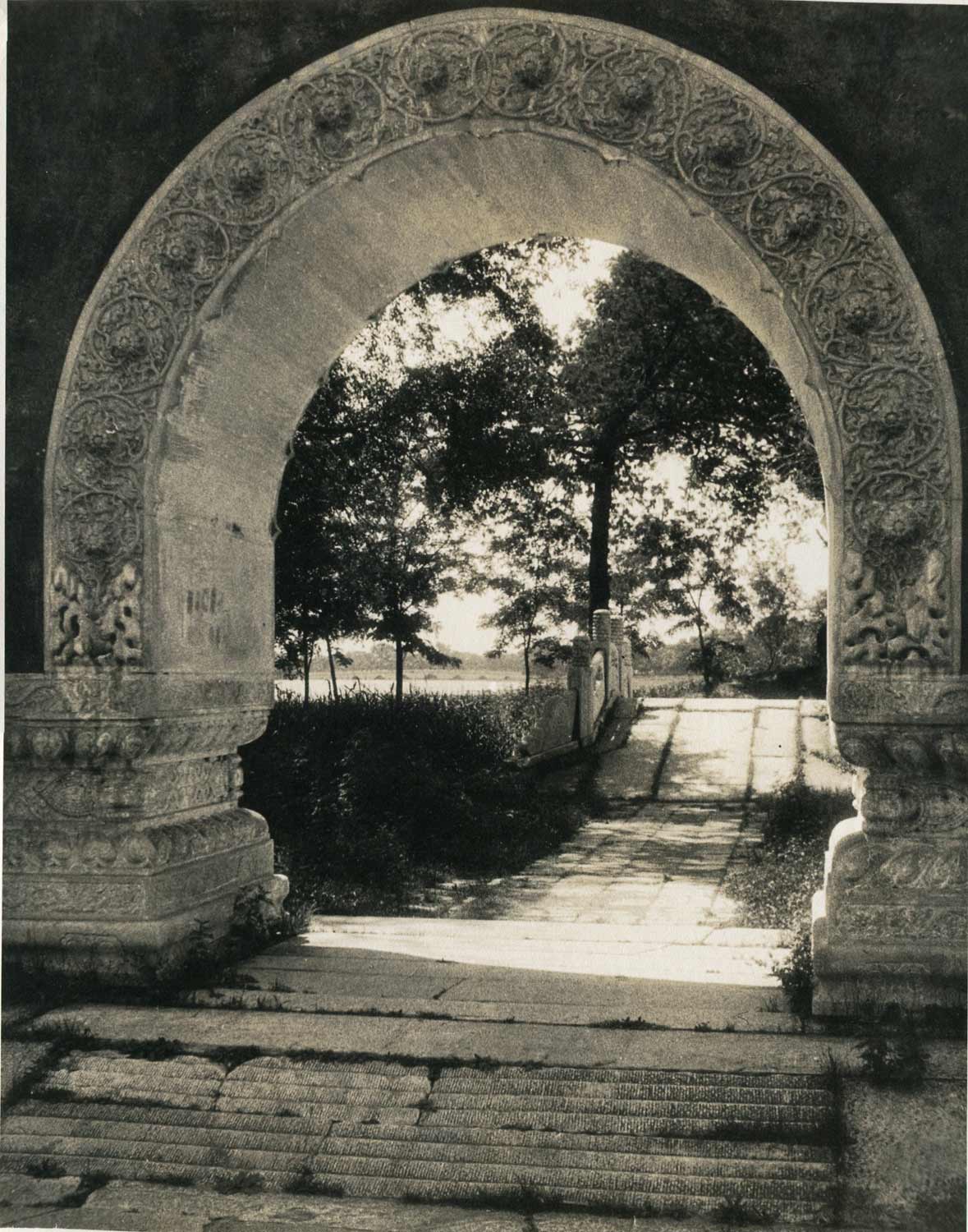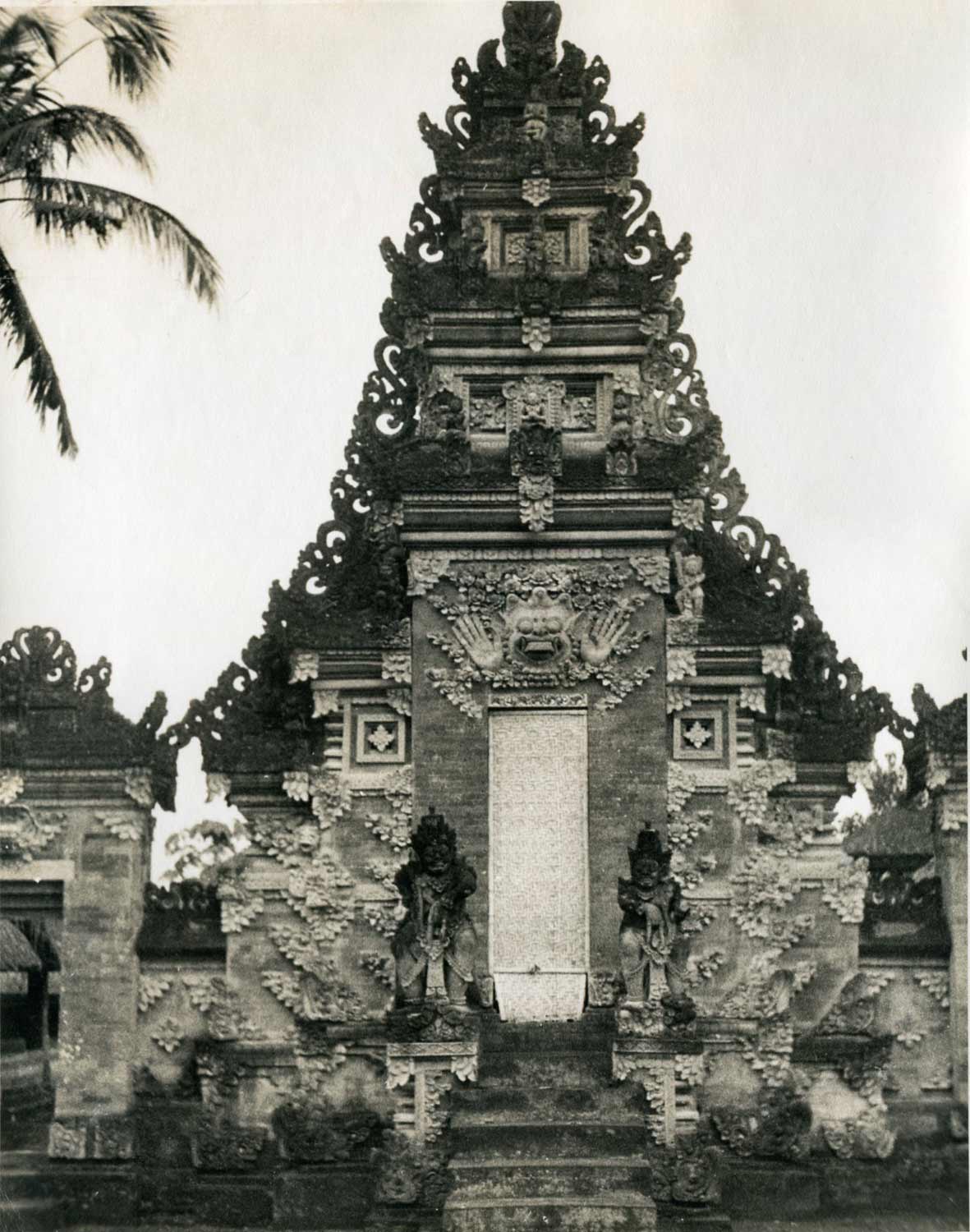Mehemmed Fehmy Agha (1896 – 1978) was art director at Condé Nast from 1929 to 1943, art directing Vogue, Vanity Fair and House & Garden, as well as overseeing the international editions.Agha is credited as the one who defined the role of an art director at a modern style magazine. Agha was also a photographer and would shoot occasionally for Vogue and Vanity Fair. Known for his acerbic wit, his staff called him “The Terrible Turk”. He was fond of practical jokes and telling tall tales, which partly explains why he is still shrouded in mystery.
Despite his importance, unlike Alexander Liberman, who succeeded Agha at Condé Nast, and Alexey Brodovitch at Harper’s Bazaar, there are as yet no books devoted to him, though information about him and his work crops up in books on graphic design and fashion photography. After Condé Nast’s death in 1942, Agha’s position at the publishing house was weakened. A year later, Agha gave the board an ultimatum, him or Liberman. It backfired and Liberman took over his position.
During the following years, Agha worked as a designer and consultant for insurance companies, department stores and publishing companies that specialised in advertising and promotional work. The death of his wife in 1950 affected him deeply and according to some stories, he became increasingly withdrawn, almost a recluse. In the early 1970s, he moved to a farm in Pennsylvania where his work consisted of occasional consulting jobs and writing. He died in his sleep May 17 1978, aged eighty-one.
Agha left no heirs. Within months, the contents of his estate were put up for sale at auction. A lot of it should have gone to a museum; design work, photographs and the dummy for his unpublished book on graphic design. Included in the sale were large groups of photographs by name photographers and in 1979, Stephen White’s Gallery of Photography presented an exquisite exhibition with a catalogue, The Fashionable World, with 101 prints by most of the leading photographers Agha had worked with at Condé Nast; Edward Steichen, Cecil Beaton, Hoyningen-Huene, Toni Frissell, Charles Sheeler, Lusha Nelson, André De Dienes and Chalon.
Most of Agha’s own photographs, including the prints for his double-page spread picture essay Summer comes to Coney Island, published in the August 1943 issue of Vanity Fair, were bought at the auction by a scrap dealer from Pennsylvania. In 1999, he sold them all to Michael Gallagher of Gallagher’s Collectables in New York. Sadly, it’s no longer there. It was an Aladdin’s Cave for anyone interested in magazine culture, fashion and editorial photography. In the early 2000s, I bought about a dozen Agha prints from Gallagher, a mix of fashion, reportage and still-lifes, plus 26 prints of images taken on what can only be described as “a Grand Tour”, taking in Italy, Turkey, Iraq, Egypt, India, Pakistan, Thailand and Indonesia. Comparing paper quality and sizes with the dated prints made for his commercial work, Gallagher and I reached the conclusion that the prints had been made 1946‑48.
These weren’t run-of-the-mill holiday pictures. Agha had them printed on 11 x 14 inch paper, an unusually large size for holiday snaps. Some of the images reminded me of the Tintin books I used to read as a child. And though the images were taken quickly and not meant to be “art” in any way, I think Agha’s personality comes through in many of them. I can’t help feeling that he shared a joke with the street vendor in Istanbul and the young bedouin standing next to a road sign in the Iraqi desert.
